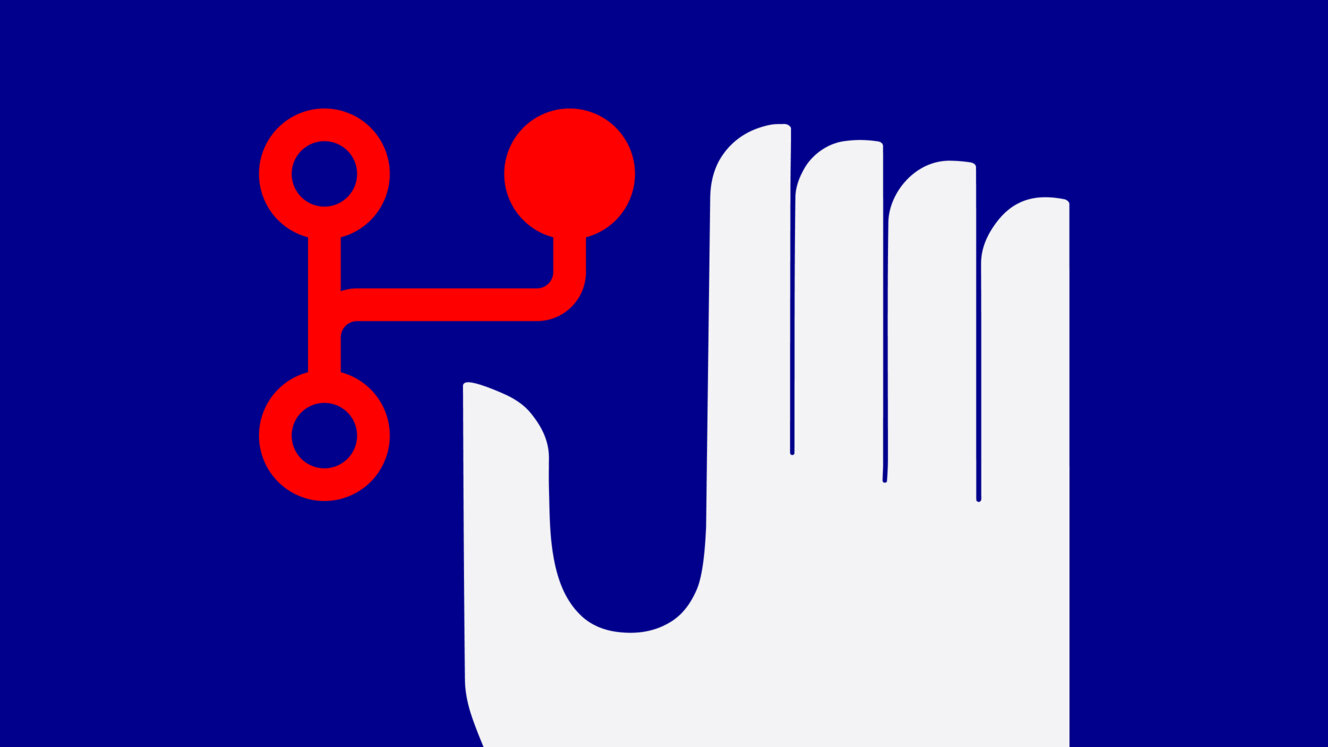
Piotr Golianek
-
Jul 26, 2024
-
8 min read
What three megatrends will we observe in digital public service platforms in the coming years?
The first is the seamless integration of human and digital experiences. People want governments to tailor services to their needs. We're addressing these expectations through human-centred design approaches, using data insights to anticipate people's needs and building more intuitive and personalised experiences. We help people navigate services based on their needs and integrate our digital products with offline support options.
The second is trust. Experience precedes trust. We gain it by consistently delivering good service to people. It's a significant factor shaping people's willingness to engage with our products and government services. Trust comes from positive experiences and a belief that a product is reliable, consistent, and has people's best interests at heart. Human-centred approaches, clearly communicating the benefits, and recognisable branding are all essential.
Finally – cybersecurity and privacy. People want the benefits of personalisation and joined-up services. They want to give the government their information once, choose how it's used, and get timely content relevant to them. However, the rise in scams and data breaches has increased people's concerns about the privacy and security of their personal information. People expect us to protect and manage their data with the utmost care and use the information they give us responsibly and ethically. Alongside robust security measures and staying ahead of evolving threats, we're embedding privacy and security by design in everything we do. Our myGov platform is among the first digital government services in the world to implement passkeys – a simple and more secure way to sign in that is already being used by the likes of Google, Apple, Microsoft and PayPal. Instead of using a username and password, which are susceptible to phishing scams, passkeys work like a pair of cryptographic keys – one stored on a person’s device or password manager and the other within myGov – to sign that person into their account. Passkeys don’t work on fake myGov accounts, and signing in is as simple as using a face ID, a fingerprint, a PIN or a swipe pattern.
How would you assess the current readiness of the Australian public sector to provide online services?
From Services Australia's perspective, there's a strong readiness. We have overarching guidance from the Australian Government's Data and Digital Government Strategy, which outlines a vision for 2030. Its goal is to deliver simple, secure, and connected public services through world-class data and digital capabilities. This strategy shows the government's commitment to digital transformation.
Along with other government agencies, we've shown readiness through our resilience and adaptability in recent years, particularly in the face of the COVID-19 pandemic and the string of natural disasters that affected millions of Australians. The accelerated use of digital services during this time proved we can quickly respond to evolving circumstances. These experiences shape our ongoing efforts to make sure our digital services continue to respond to the changing needs of the people we support.
Another essential part of readiness is attracting, keeping, and developing staff with specialist digital skills. To keep up with people's changing expectations, senior leaders across the public service must be digitally literate. We must have a workforce skilled in data analytics, human-centred design, and agile working methods.
There's more for the public service to do to use cohesive and standardised approaches consistently. We're working hard on cross-agency collaboration and coordination with state and territory governments to give people navigating multiple government services better and more seamless experiences.
Another important aspect of our readiness is digital literacy and accessibility. Digital services have benefits, but not everyone accessing government services has the same level of digital ability. We're working hard to ensure that no one is left behind, and this includes providing accessible digital services with user-friendly interfaces.
What are the biggest challenges in creating a good CX (Customer Experience) on public platforms?
One of the biggest challenges for us is the complexity of public services. In Australia, we have a highly targeted social safety net and three levels of government, plus non-government providers, that deliver services. Navigating these services can be confusing, particularly for people experiencing heightened levels of stress with reduced cognitive function. While we've made good progress, we still see content in bureaucratic language and people needing to navigate multiple websites and apps to access what they need. We must simplify the complex to meet people's needs and expectations.
Another related challenge is consistent and cohesive experiences across digital products. People's experiences vary across government websites and apps. They still need multiple accounts to transact across our three levels of government. These inconsistencies in content and design frustrate people and disrupt their path to successfully accessing services end-to-end digitally. Initiatives like myGov (a way to access multiple government services securely online), the Digital ID System (a way for people to prove who they are online), and Civic Theme (an open source, inclusive and component-based design system) are taking steps to address this challenge.
Balancing convenience for people with data protection is also a critical challenge. People's trust in government relies on us securely managing their personal information. Government agencies need robust cybersecurity measures, transparent data practices, and compliance with privacy regulations. Getting the balance right is essential for building trust.
Moving from traditional to digital services is often a complex challenge. Digital services offer advantages, like 24/7 availability and reduced administrative burden, but a smooth transformation is onerous. For governments, it involves navigating a complex landscape of technological, legislative, organisational, financial, and strategic challenges. It takes careful planning and implementation to be successful.
Which areas (such as labour, transportation, and education) are leaders in digital transformation regarding public services?
In e-government globally, standout countries have successfully integrated digital technologies into their public services.
Estonia is a good example. Its digital identity system gives people seamless access to services and sets a benchmark, showing the value of an integrated digital ecosystem.
The United Kingdom is leading the integration of AI technologies into public services. Initiatives like the Government Digital Service are committed to using AI for personalised services.
Singapore is partnering with the private sector to drive better public services. Its Smart Nation initiative draws on the private sector's agility and the government's regulatory strength.
In Australia, there are several areas leading digital transformation:
- myGov has improved access to public services by streamlining the process for people to interact with various government agencies through a single platform. It reduces the duplication and red tape of interacting with different agencies separately. Features like facial and fingerprint recognition technology have simplified the sign-in process, making it easier for people to access their linked services quickly and securely.
- Transportation is integrating intelligent technologies. Some states and territories use innovative traffic management systems, digital ticketing systems, real-time journey updates, and mobility apps that improve people's commuting experience.
- Education institutions and state and territory government agencies use online learning platforms, digital resources, virtual reality experiences, and student information systems.
- Health platforms like Medicare Online and My Health Record help people manage their health information and connect with health professionals. Telehealth services also give people convenient and remote access to health professionals.
- Employment platforms like Your Career and Skills Gateway connect people looking for work to training opportunities and employers with skilled talent.
- The Australian Taxation Office's online portal provides a convenient and secure way for people to manage their taxes and superannuation, reducing stress and paperwork.
These examples share an integrated approach to transformation. Leaders prioritise people's experiences, collaborate across agencies and sectors, and strategically use technology.
What resources, services, publications, and educational materials do you use to bring the best practices to servicesaustralia.gov.au?
We run the website using a multidisciplinary team structure divided into specific workstreams. This approach reflects industry best practices and ensures the website remains a strategic asset.
Our team references the work of Tom Loosemore, the architect of GOV.UK, and adheres to the Australian Government's Digital Service Standards. These resources help us set baseline statistics, find the right performance indicators, and measure, report, and improve our strategies.
We manage the website as a communications function, using agile methodologies to maximise productivity. This makes our work less reactive and more strategic. We manage enhancements in sprints, with a delivery manager overseeing agile delivery.
Our research supports an iterative design process, ensuring our designers and developers focus on the needs of the website's users at every phase. We employ two primary modes of research:
- Generative research – helps us understand people's current experiences and uncover opportunities for improvement.
- Evaluative research – people evaluate new design ideas to find improvement recommendations.
We use various tools and methods, including surveys, card sorting, tree-jack testing, website analytics, A/B testing, and qualitative and quantitative research. These help us understand how people use the website, measure website performance and more.
We use accessibility scanning and broken link checking to identify interruptions in the user experience. Our website aligns with myGov and other agency channels to ensure a consistent experience.
Our content designers ensure that content centres on the people using our website. We implement continuous improvements based on research, user testing, feedback, business data and analytics, audience frameworks, and segmentation. We do user testing with recruited people in specific circumstances, including people from culturally and linguistically diverse backgrounds, people with disabilities, and people with low digital literacy.
Audience segmentation helps us understand specific groups and tailor content accordingly. We consider life experiences, reliance on government services, communication preferences, and digital behaviours. We test content and use the findings to improve content, navigation, discovery, and usability.
We refer to the Australian Government's Style Manual, the International Organization for Standardization Plain Language Standard, and our agency's Plain English Policy. When tailoring content, we consider people's literacy levels and cognitive stress load, keeping it at a grade 7 reading level or below.
Our overarching communication framework outlines the path people commonly take when accessing government services, ensuring we give people the correct information at the right time.



















